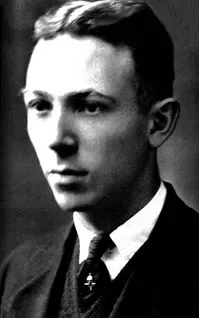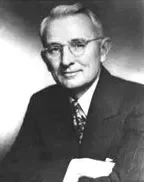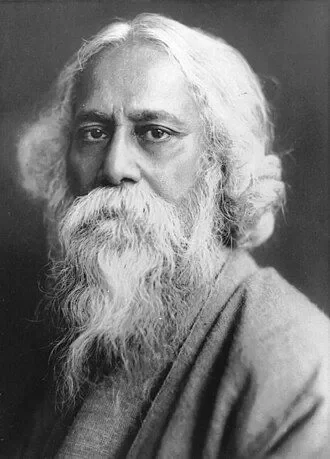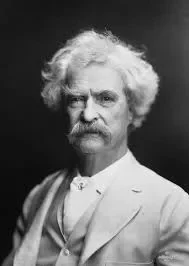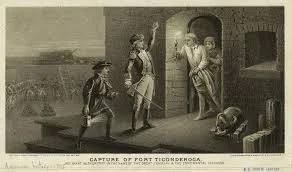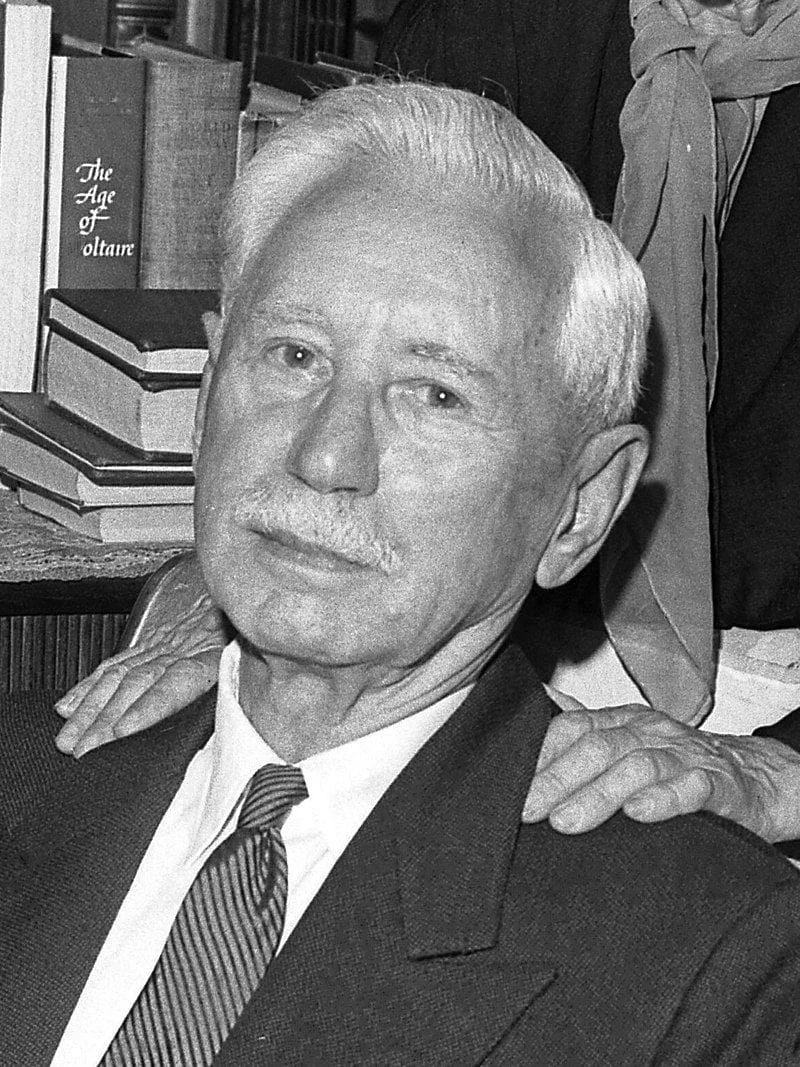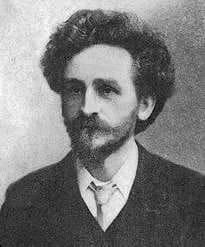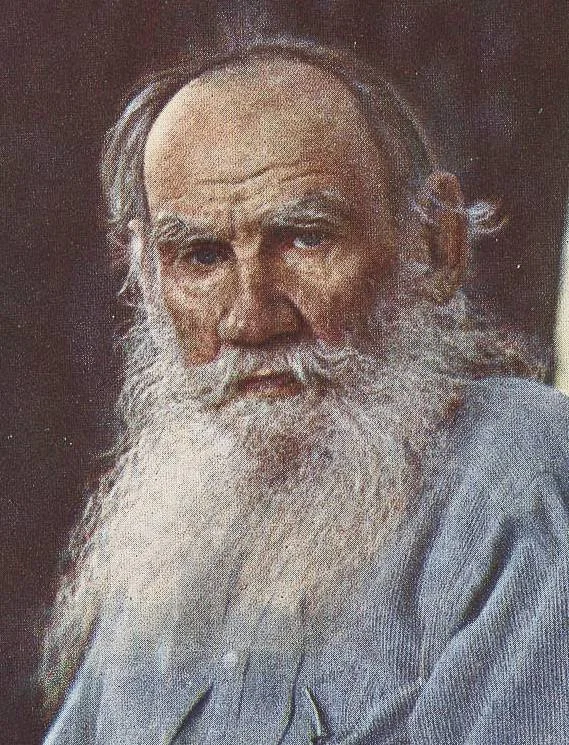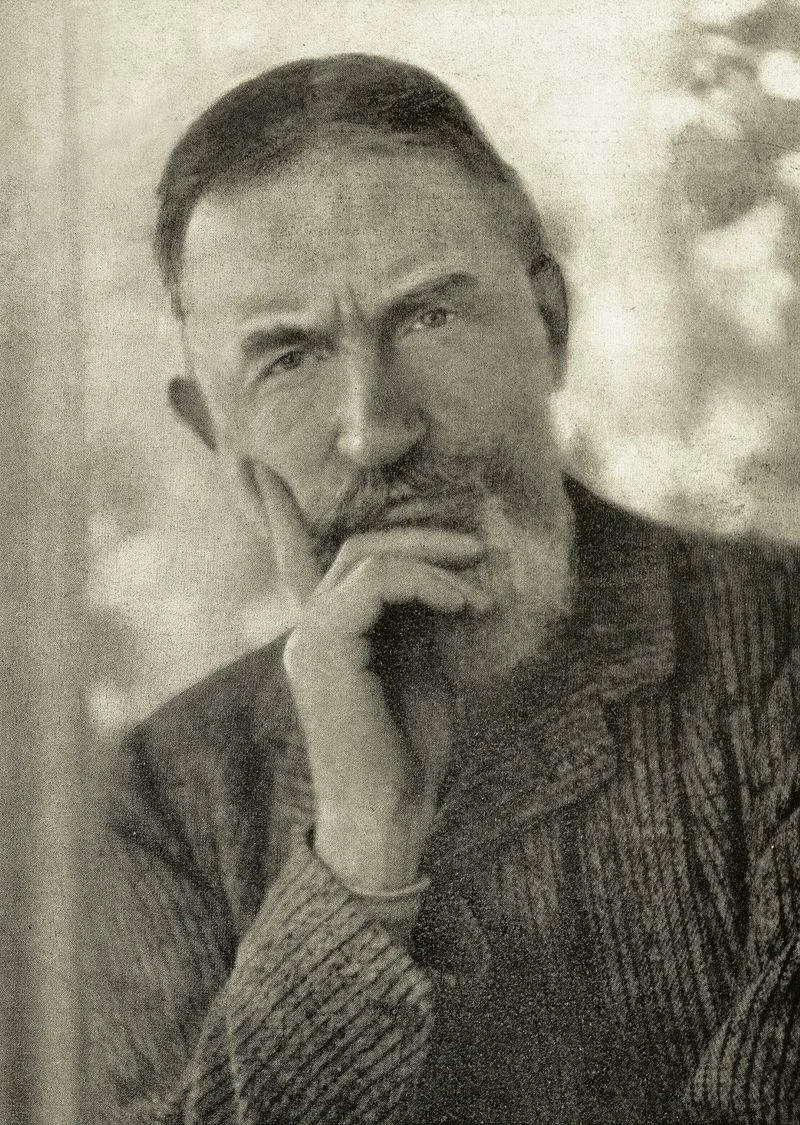Real Celebrities Never Die!
OR
Search For Past Celebrities Whose Birthday You Share

source:wikimedia.org
Zora Neale Hurston
Birthday:
07 Jan, 1891
Date of Death:
28 Jan, 1960
Cause of death:
Hypertensive heart disease
Nationality:
American
Famous As:
Folklorist
Age at the time of death:
69
Early Life and Family Background
Zora Neale Hurston, born on January 7, 1891, in Notasulga, Alabama, was an American writer, anthropologist, and folklorist. Her life shows resilience, creativity, and dedication to preserving African American culture.
Hurston was born to John Hurston, a Baptist preacher and carpenter, and Lucy Ann Potts Hurston, a school teacher. She was the fifth of eight children. Hurston’s family relocated to Eatonville, Florida—a pioneering all-Black town—during her toddler years. Hurston’s unique environment significantly impacted her views and her future writing.
Education and Formative Years
Hurston’s early years were filled with both hardship and resilience. Hurston’s home life grew difficult following her mother’s death in 1904 and her father’s subsequent remarriage. She did a variety of jobs, such as working as a maid for a Gilbert and Sullivan actress on tour, to make a living. Although faced with difficulties, Hurston persevered in her studies.
In 1917, Hurston enrolled at Morgan College, completing her high school studies. In 1920, she graduated from Howard University with an associate degree. In 1928, she graduated from Barnard College with a BA in anthropology; her studies there were under the guidance of Franz Boas.
Personal Life
Hurston’s career and personal life were both unconventional. She married Herbert Sheen, a jazz musician and medical student, in 1927. However, the marriage was short-lived, lasting only seven months. In 1939, Hurston married Albert Price III, a marriage that later ended in divorce.
Professional Career and Achievements
Literature, anthropology, and folklore were all part of Hurston’s multifaceted career. During the Harlem Renaissance, she associated with literary giants, including Langston Hughes and Countee Cullen. In her anthropological fieldwork, she investigated African diaspora cultures and religions in the American South, Haiti, and Jamaica.
Hurston started her writing career in the 1920s by publishing short stories. Her first novel, “Jonah’s Gourd Vine,” appeared in 1934. But her literary masterpiece, “Their Eyes Were Watching God,” published in 1937, secured her lasting legacy. This novel, which chronicles the life of Janie Crawford, a Black woman in the rural South, is now considered a classic of 20th-century American literature.
Zora Neale Hurston's Quote's
Major Contributions and Impact
Hurston’s depiction of rural Southern African American life was innovative and groundbreaking. Her writing, which controversially used Black vernacular at the time, challenged literary norms and is now recognized as a significant addition to American literature.
“Mules and Men” (1935) and her other anthropological studies documented significant elements of African American folklore. The unique combination of scientific rigor and artistic expression in Hurston’s ethnographic work set her apart from others in both fields.
Death and Legacy
Zora Neale Hurston died on January 28, 1960, in Fort Pierce, Florida, of hypertensive heart disease. She was 69 years old. Initially buried in an unmarked grave, Hurston’s final resting place was given a headstone in 1973.
While her work was once largely unknown, a renewed interest in the 1970s helped bring Hurston’s achievements to light. Today, she is celebrated as a pioneering voice in African American literature, a key figure of the Harlem Renaissance, and an important preservationist of Black culture.
Name:
Zora Neale Hurston
Popular Name:
Zora Neale Hurston
Gender:
Female
Cause of Death:
Hypertensive heart disease
Spouse:
Place of Birth:
Notasulga, Alabama, USA
Place of Death:
Fort Pierce, Florida, USA
Occupation / Profession:
Personality Type
Campaigner: Enthusiastic, creative and sociable free spirits, who can always find a reason to smile. Hurston’s exuberant creativity, passion for storytelling, and deep connection to people and culture suggest an outgoing, imaginative personality driven by exploration and expression.
Alice Walker revived her legacy by placing a headstone on her unmarked grave in 1973.
Lied about her age to attend school for free as an adult.
Worked as a maid in her later years despite her literary fame.
Studied voodoo in Haiti and New Orleans for Tell My Horse.
Earned a posthumous honorary degree from Morgan State University in 1978.
Received an Anisfield-Wolf Book Award in 1943 for Dust Tracks on a Road.
Inducted into the National Women’s Hall of Fame in 1994.
Won a Guggenheim Fellowship in 1936 for folklore research.
Published Their Eyes Were Watching God in 1937.
